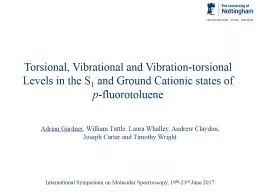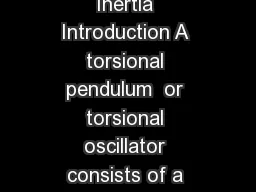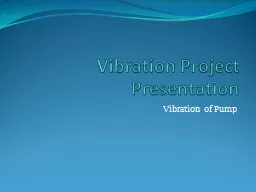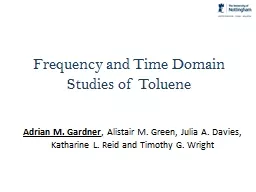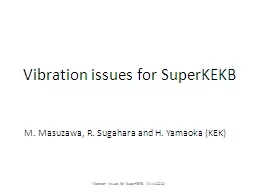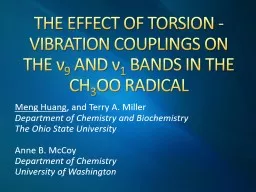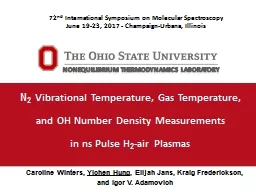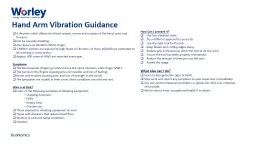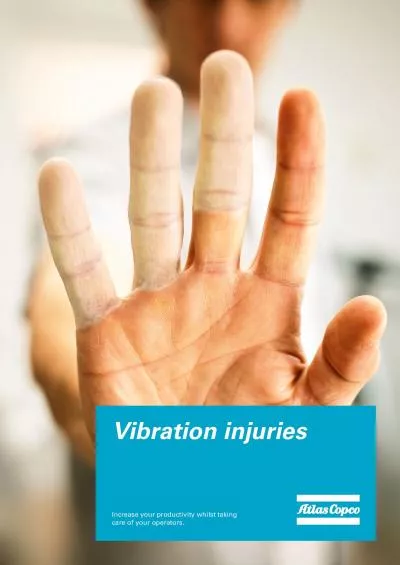PPT-Torsional, Vibrational and Vibration-torsional Levels in the S
Author : alexa-scheidler | Published Date : 2018-02-01
1 and Ground Cationic states of p fluorotoluene Adrian Gardner William Tuttle Laura Whalley Andrew Claydon Joseph Carter and Timothy Wright International Symposium
Presentation Embed Code
Download Presentation
Download Presentation The PPT/PDF document "Torsional, Vibrational and Vibration-tor..." is the property of its rightful owner. Permission is granted to download and print the materials on this website for personal, non-commercial use only, and to display it on your personal computer provided you do not modify the materials and that you retain all copyright notices contained in the materials. By downloading content from our website, you accept the terms of this agreement.
Torsional, Vibrational and Vibration-torsional Levels in the S: Transcript
Download Rules Of Document
"Torsional, Vibrational and Vibration-torsional Levels in the S"The content belongs to its owner. You may download and print it for personal use, without modification, and keep all copyright notices. By downloading, you agree to these terms.
Related Documents

